The Cosmic Game
SUNY Series in Transpersonal and Humanistic Psychology
Richard D. Mann, editor
The Cosmic Game
Explorations of the Frontiers of Human Consciousness
Stanislav Grof

Disclaimer:
This book contains characters with diacritics. When the characters can be represented using the ISO 8859-1 character set, ( http://www.w3.org/TR/images/latin1.gif ) netLibrary will represent them as they appear in the original text, and most computers will be able to show the full characters correctly. In order to keep the text searchable and readable on most computers, characters with diacritics that are not part of the ISO 8859-1 list will be represented without their diacritical marks.
Cover Illustration : Plate 48 from Rawson, Philip, Tantra: The Indian Cult of Ecstasy, (London: Thames & Hudson, Ltd, 1973). Copyright Thames & Hudson. Used by permission. From the Collection of Ajit Mookerjee, New Delhi.
Published by State University of New York Press, Albany
1998 State University of New York
All rights reserved
Printed in the United States of America
No part of this book may be used or reproduced in any manner whatsoever without written permission. No part of this book may be stored in a retrieval system or transmitted in any form or by any means including electronic, electrostatic, magnetic tape, mechanical, photocopying, recording or otherwise without the prior permission in writing of the publisher.
For information, address State University of New York Press, State University Plaza, Albany, N.Y., 12246
Production by Marilyn P. Semerad
Marketing by Dana E. Yanulavich
Library of Congress Cataloging-in-Publication Data
Grof, Stanislav, 1931
The cosmic game : explorations of the frontiers of human
consciousness / Stanislav Grof.
p. cm. (SUNY series in transpersonal and humanistic psychology)
Includes bibliographical references and index.
ISBN 0-7914-3875-9 (hardcover : alk. paper). ISBN 0-7914-3876-7
(pbk. : alk. paper)
1. Spiritual life. 2. Altered states of consciousness.
I. Title. II. Series.
BL625.G697 1998
200.19dc21 97-41502
CIP
10 9 8 7 6 5 4 3 2 1
Contents
Experiential Holotropic Breathwork Workshops and Training for Facilitators
Workshops and Training for Facilitators
Those readers who are interested in a personal experience of the Holotropic Breathwork or would like to participate in a training program for Holotropic Breathwork facilitators can obtain the necessary information from:
Cary Sparks
Director
Grof Transpersonal Training
20 Sunnyside Ave, #A 314
Mill Valley, California 94941
tel.: (415) 383-8779
fax.: (415) 383-0965
e-mail: gtt@dnai.com
website: www.holotropic.com
List of Illustrations
Acknowledgments
This book is an attempt to summarize the philosophical and spiritual insights from forty years of my personal and professional journey that involved exploration of uncharted frontiers of the human psyche. It has been a complex, difficult, and at times challenging pilgrimage that I could not have undertaken alone. Over the years, I have received invaluable help, inspiration, and encouragement from many people. Some of them have been my close friends, others important teachers, and most of them have played an important part in my life in both roles. I cannot acknowledge all of them individually, but some of them deserve special notice.
Angeles Arrien, an anthropologist and daughter of a vision makera spiritual teacher from the Basque mystical traditionhas been for many years a true friend and an important teacher. Drawing on forty years of her spiritual training, she has been a living example of how to integrate the feminine and masculine aspects of ones psyche and how to walk the mystical path with practical feet.
Gregory Bateson, an original and seminal thinker, with whom I had the privilege of spending hundreds of hours in personal and professional discussions during the two and half years when we were both scholars-in-residence at the Esalen Institute in Big Sur, California, was for me an important teacher and a special friend. In our talks, he never wholeheartedly embraced the mystical realm. However, the relentless logic of his inquisititive mind produced an incisive critique of mechanistic thinking in science that provided a large opening for the transpersonal vision.
David Bohms work has been one of the most important contributions to my efforts to establish connections between my own findings concerning the nature and dimensions of human consciousness, on the one hand, and the scientific worldview, on the other. I found his holographic model of the universe invaluable for my own theoretical formulations. The fact that Karl Pribrams model of the brain is also based on holographic principles has been particularly important for this bridging work.
Joseph Campbell, brilliant thinker, story teller, and master teacher, and for many years my dear friend, has taught me to understand the meaning of mythology and its function as a bridge to the realms of the sacred. He had a strong influence on my own thinking and his contributions to my personal life were equally profound. Today I consider mythology as understood by C. G. Jung and Joseph Campbell to be of critical importance for psychology, as well as for spirituality and religion.
Fritjof Capras ground-breaking book The Tao of Physics was extremely influential in my own intellectual quest. By showing the convergence between quantum-relativistic physics and the Eastern spiritual philosophies, it gave me hope that spirituality and transpersonal psychology will one day become an integral part of a comprehensive scientific paradigm of the future. It helped me enormously to free myself from the straitjacket of my own academic training. Our friendship over the years has been a source of inspiration.
Brother David Steindl-Rast, a Benedictine monk and philosopher, has helped me to understand the difference between spirituality and religion. More specifically, he taught me to appreciate the mystical core of Christianity and the nature of Jesus original message that in my early life was for me obscured by the complex and confusing history of the Christian Church.
Michael Harner, who has been able to integrate in a unique way his academic training as an anthropologist and his shamanic initiation in the Amazon, is one of my closest friends, as well as an important teacher. I have been able to learn from him, both theoretically and experientially, to deeply appreciate shamanism, humanitys oldest religion and healing art. This has been an important complement to my direct experiences with North American, Mexican, South American, and African shamans.
Albert Hofmann has had indirectly a more profound influence on my personal and professional life than any other single individual. His serendipitous discovery of the powerful psychedelic effects of LSD led to my first experience with this substance in 1956 when I was a beginning psychiatrist. This experiment has changed my personal and professional life and generated a profound interest in nonordinary states of consciousness.
Jack Kornfield, is a dear friend, colleague, spiritual teacher, and a true master of skillful means in the meditation hall, as well as in everyday life. He has been able to bring together and integrate in a remarkable way years of training as a Buddhist monk with his Western academic training in psychology. All of us who know him, friends and disciples alike, admire his compassion, wisdom, and extraordinary humor. In the two decades we have known each other, we have co-led many workshops and retreats. I have probably learned from him more about Buddhism and spirituality than from all the books I have read on these subjects.
Next page
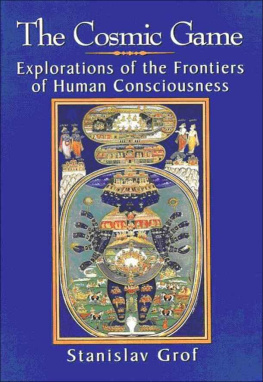

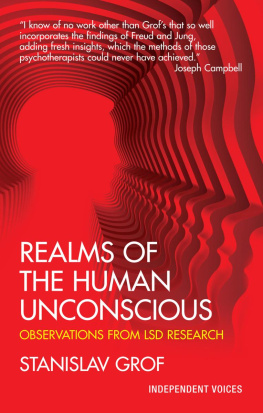
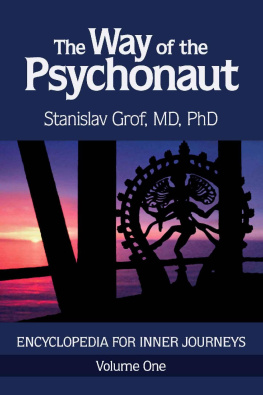
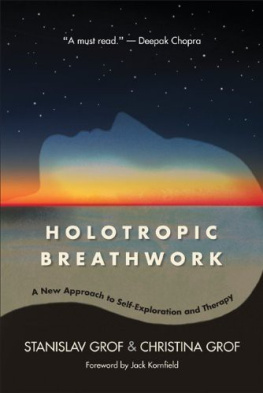
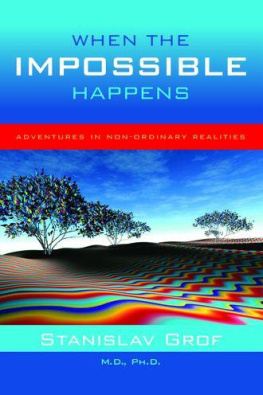

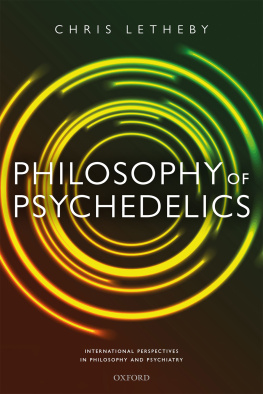
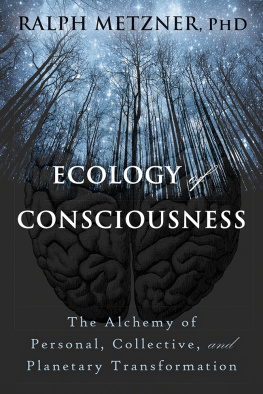

 Workshops and Training for Facilitators
Workshops and Training for Facilitators